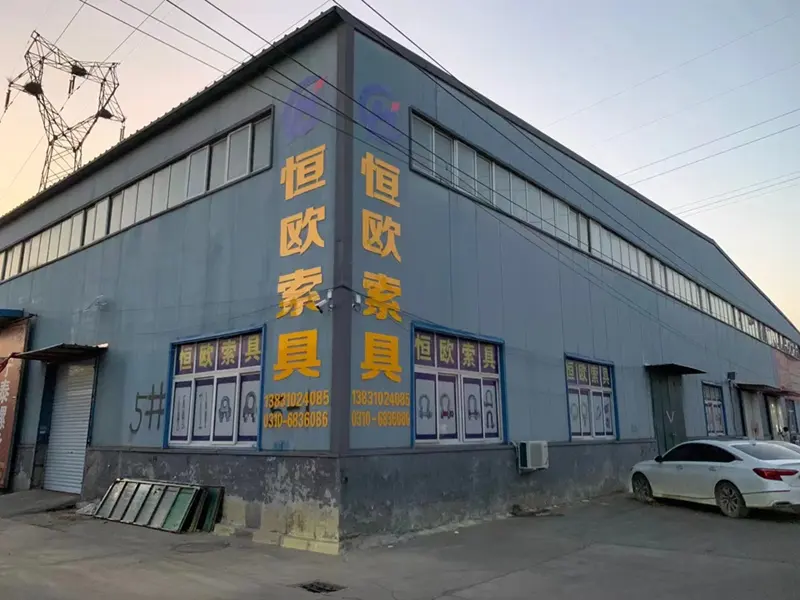
Nov . 07, 2024 12:19 Back to list
Exploring HPMC Applications in Mortar Formulations and Construction Techniques
HPMC for Mortar Enhancing Performance and Efficiency
Hydroxypropyl Methylcellulose (HPMC) is a widely used polymer derived from natural cellulose sources. It has gained significant attention in the construction industry, particularly for its role in enhancing the properties of mortar. Mortar is a critical component in masonry construction, providing adhesion, flexibility, and durability crucial for the longevity of structures. The incorporation of HPMC into mortar formulations offers several advantages, making it an essential additive for modern construction practices.
The Role of HPMC in Mortar
HPMC serves multiple functions in mortar formulations. Primarily, it acts as a water-retaining agent, which is vital for maintaining moisture during the curing process. This aspect is particularly important because adequate moisture ensures proper hydration of cement, leading to optimal strength development. Without HPMC, mortar may dry too quickly, resulting in poor bonding and reduced mechanical strength.
Moreover, HPMC enhances the workability of mortar. By improving the viscosity of the mixture, it allows for easier application and spreading. This is crucial for both professional masons and DIY enthusiasts, as it significantly reduces the effort required to achieve a uniform application. The improved workability also minimizes the risk of air entrapment, which can compromise the integrity of the mortar once set.
Benefits of Using HPMC in Mortar
1. Improved Adhesion HPMC increases the bonding strength between the mortar and the substrate, leading to better overall performance of the masonry. This is particularly beneficial in environments where structural movements are expected, such as in seismic zones.
2. Enhanced Flexibility Mortar mixed with HPMC exhibits increased flexibility, allowing it to accommodate slight movements without cracking. This characteristic is vital for preventing the formation of fissures over time, especially in structures exposed to temperature fluctuations or settling.
hpmc for mortar

3. Retention of Workability One of the most significant advantages of HPMC is its ability to extend the open time of the mortar. While traditional mortars may harden quickly, HPMC-modified mixtures remain workable for longer periods, providing builders with the flexibility to adjust their applications as needed without the material setting prematurely.
4. Reduced Water Demand HPMC can help reduce the overall water requirement in mortar mixes while still achieving the desired consistency. This results in a stronger final product with lower porosity, enhancing durability and resistance to weathering.
5. Resistance to Shrinkage Incorporating HPMC into mortar can also minimize shrinkage during the drying phase. Reduced shrinkage not only helps maintain the integrity of the masonry but also lessens the risk of cracking in the finished surface.
Applications of HPMC in Mortar
The benefits of HPMC make it suitable for various applications within the construction industry. It is commonly used in tile adhesives, repair mortars, and renders. In tile adhesives, for instance, the enhanced bonding and flexibility provided by HPMC are critical for ensuring that tiles remain securely attached, especially in environments where moisture is prevalent, such as bathrooms and kitchens.
Repair mortars that include HPMC can restore aging structures without compromising their aesthetic and structural integrity. Similarly, renders enriched with HPMC provide a robust exterior finish that is both functional and visually appealing, with added resistance to weathering.
Conclusion
The incorporation of Hydroxypropyl Methylcellulose in mortar formulations represents a significant advancement in construction technology. By improving adhesion, workability, flexibility, and durability, HPMC transforms standard mortar into a superior building material capable of meeting the demands of modern construction. As the industry continues to evolve, the role of additives like HPMC will undoubtedly grow, paving the way for more efficient, effective, and sustainable building practices. For builders and contractors, understanding the benefits of HPMC is essential for achieving the best possible results in their projects, ensuring that structures are built to last.
-
Versatile Hpmc Uses in Different Industries
NewsJun.19,2025
-
Redispersible Powder's Role in Enhancing Durability of Construction Products
NewsJun.19,2025
-
Hydroxyethyl Cellulose Applications Driving Green Industrial Processes
NewsJun.19,2025
-
Exploring Different Redispersible Polymer Powder
NewsJun.19,2025
-
Choosing the Right Mortar Bonding Agent
NewsJun.19,2025
-
Applications and Significance of China Hpmc in Modern Industries
NewsJun.19,2025







